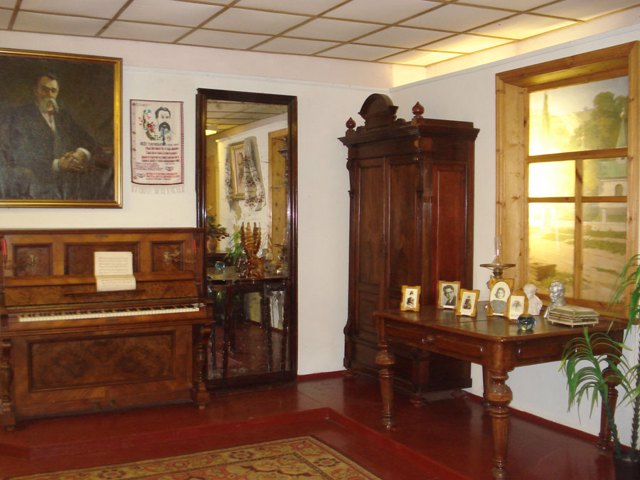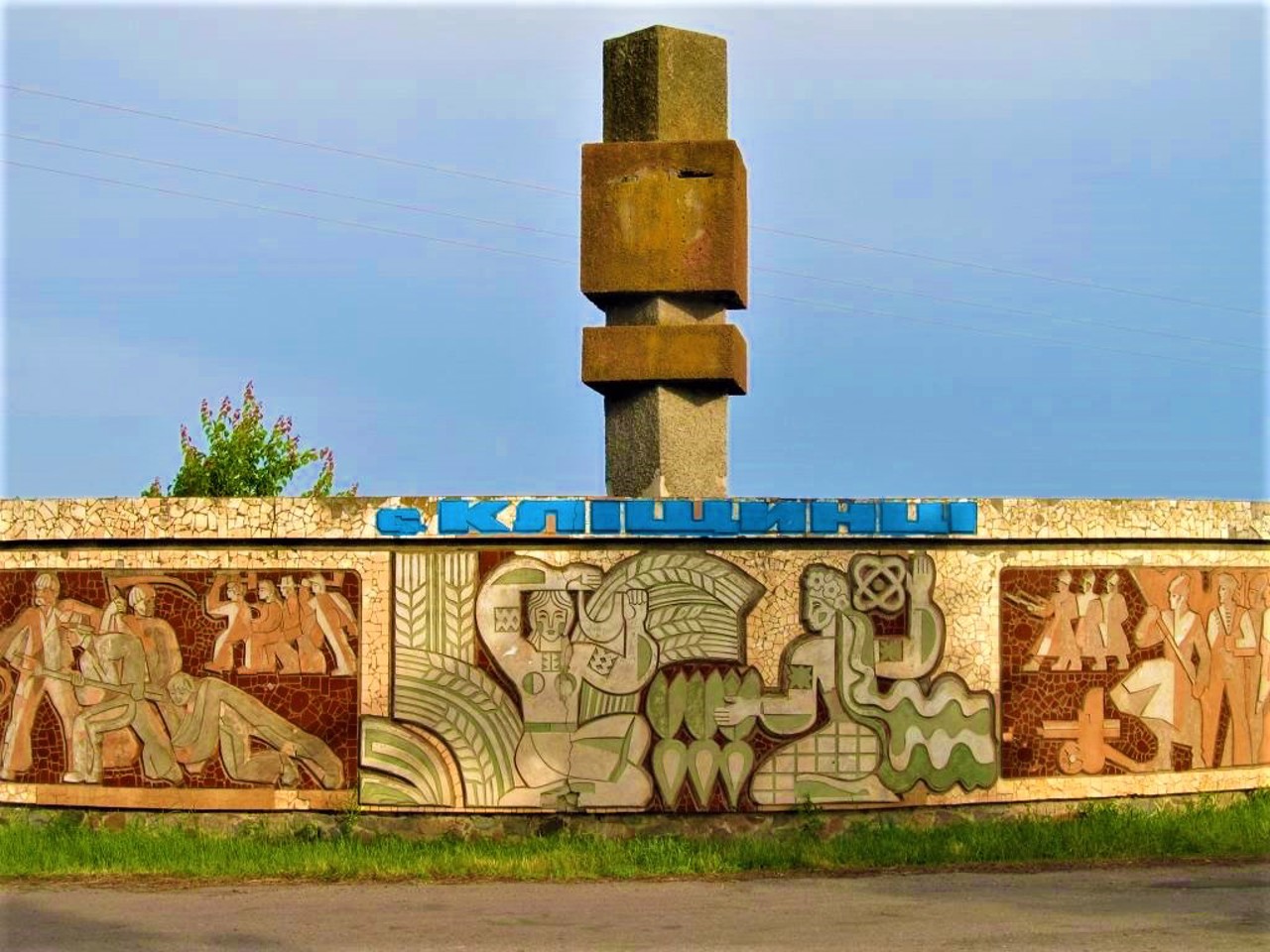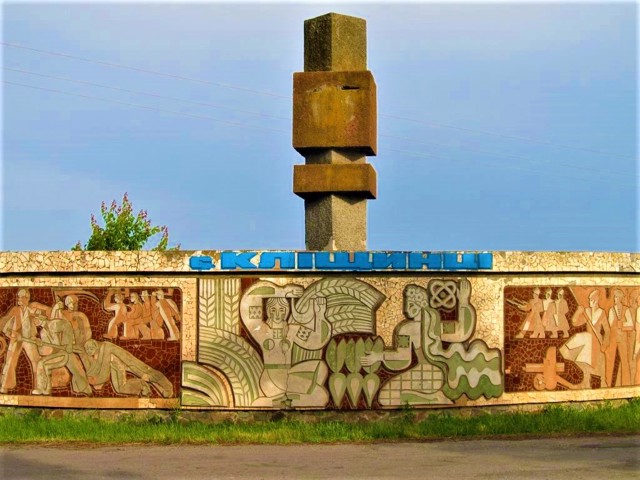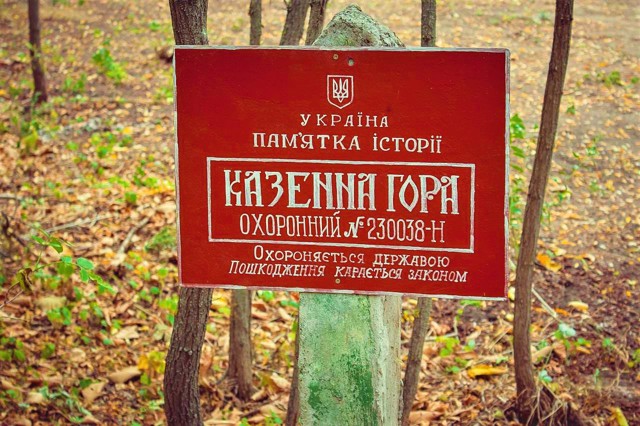Functional temporarily unavailable
Klishchyntsi
Travel guide online Klishchyntsi
General information about Klishchyntsi
The village of Klishchyntsi is located on the shore of the bay in the delta of the Sula River, at its confluence with the Dnipro (Kremenchuk Reservoir), 55 kilometers southeast of Zolotonosha.
Known since the 17th century. The name is associated with the name of the founder, Cossack Klishch. From time immemorial, saltpetre, which was used in the manufacture of gunpowder, was mined in the village. During the Koliivshchyna in 1767-1770, an uprising took place in the village, which was then part of the Lubny Regiment, led by the Cossack Maksym Ohienko, the ancestor of Ukrainian Metropolitan Ivan Ohienko.
In 1840, Mykhaylo Starytskyi, an outstanding Ukrainian writer and theater actor, was born in Klishchynts ...
The village of Klishchyntsi is located on the shore of the bay in the delta of the Sula River, at its confluence with the Dnipro (Kremenchuk Reservoir), 55 kilometers southeast of Zolotonosha.
Known since the 17th century. The name is associated with the name of the founder, Cossack Klishch. From time immemorial, saltpetre, which was used in the manufacture of gunpowder, was mined in the village. During the Koliivshchyna in 1767-1770, an uprising took place in the village, which was then part of the Lubny Regiment, led by the Cossack Maksym Ohienko, the ancestor of Ukrainian Metropolitan Ivan Ohienko.
In 1840, Mykhaylo Starytskyi, an outstanding Ukrainian writer and theater actor, was born in Klishchyntsi (the museum operates).
In 1959, the village was moved to a new place, located above the original one, due to the flooding of the land during the construction of the Kremenchuk Reservoir. As a result, the village received regular planning and new infrastructure, including fully asphalted roads.
Село Кліщинці на березі затоки в дельті річки Сула, при впадінні її в Дніпро (Кременчуцьке водосховище), розташоване в 55 кілометрах на південний схід від Золотоноші.
Відоме з XVII сторіччя. Назву пов'язують з ім'ям засновника, козака Кліща. З давніх-давен в селі вівся видобуток селітри, яка використовувалася при виготовленні пороху. Під час Коліївщини в 1767-1770 роках в селі, яке входило тоді до складу Лубенського полку, відбулося повстання під проводом козака Максима Огієнка, предка українського митрополита Івана Огієнка.
В 1840 році в Кліщинцях народився Михайло Старицький, видатний український письменник і театральний діяч (працює музей).
В 1959 році село було перенесене на нове місце, ...
Село Кліщинці на березі затоки в дельті річки Сула, при впадінні її в Дніпро (Кременчуцьке водосховище), розташоване в 55 кілометрах на південний схід від Золотоноші.
Відоме з XVII сторіччя. Назву пов'язують з ім'ям засновника, козака Кліща. З давніх-давен в селі вівся видобуток селітри, яка використовувалася при виготовленні пороху. Під час Коліївщини в 1767-1770 роках в селі, яке входило тоді до складу Лубенського полку, відбулося повстання під проводом козака Максима Огієнка, предка українського митрополита Івана Огієнка.
В 1840 році в Кліщинцях народився Михайло Старицький, видатний український письменник і театральний діяч (працює музей).
В 1959 році село було перенесене на нове місце, розташоване вище початкового, в зв'язку з затопленням земель при спорудженні Кременчуцького водосховища. В результаті село отримало регулярне планування і нову інфраструктуру, включаючи повністю заасфальтовані дороги.
Сплануй своє перебування у Klishchyntsi
What to see and where to go in Klishchyntsi
Tourist attractions and museums of Klishchyntsi

Mykhaylo Starytsky Literary Memorial Museum
Museum / gallery
The Literary Memorial Museum of Mykhaylo Starytsky was opened in 1980 in his native village of Klishchyntsi.
The prominent Ukrainian writer and theater actor Mykhaylo Starytsky was born here in 1840, and later became one of the founders of the professional Ukrainian theater.
The museum collection includes more than 1,500 exhibits, including photo documents, personal belongings of Mykhaylo Starytsky, furniture of the Starytsky family, etc.
Klishchyntsi on photo and video
Reviews Klishchyntsi
Geographical information about Klishchyntsi
| {{itemKey}} | {{itemValue}} |
|---|---|
| Region |
Cherkasy |





